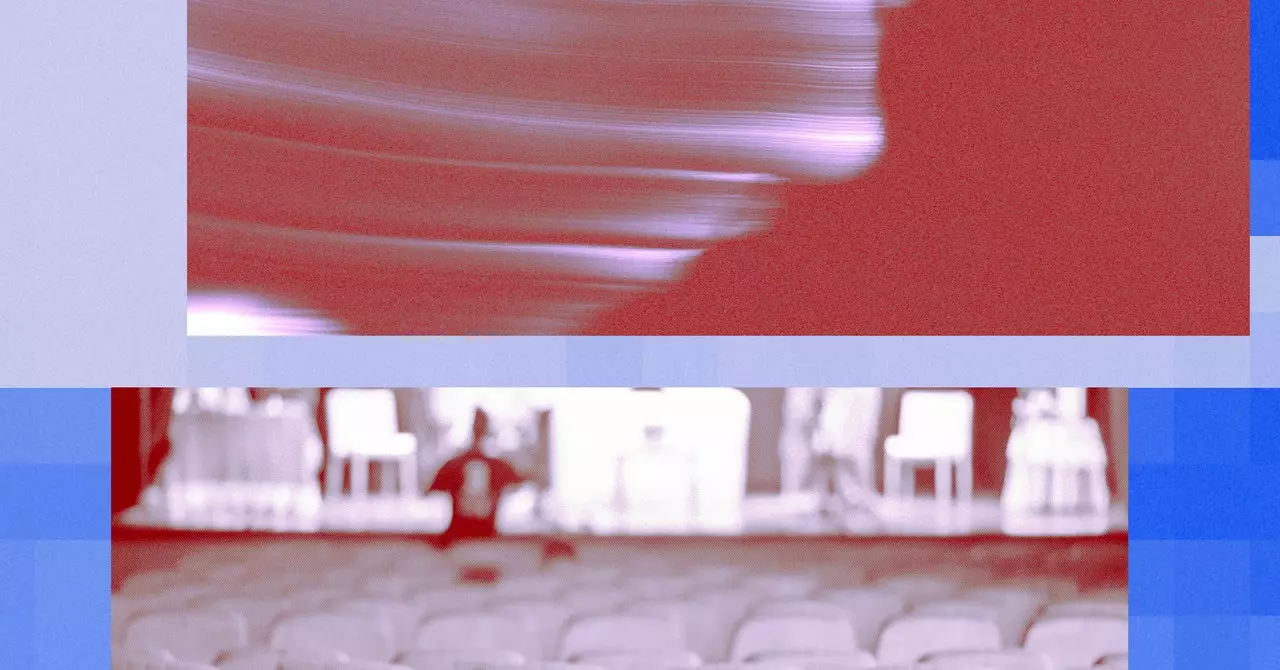Artificial Intelligence has made its mark in diverse fields, and theater is no exception. As we sit at the forefront of understanding AI and its implications on creative professions, productions like Ayad Akhtar’s *McNeal* and Matthew Gasda’s *Doomers* demonstrate how playwrights are grappling with this technological paradigm shift. These works not only entertain but also invite audiences to reflect on the intersections of humanity and technology, questioning the future of creativity and expression.
To understand the present discourse surrounding AI in theater, one must look back at its conceptual origins. In 1920, Karel Čapek’s play *R.U.R. (Rossum’s Universal Robots)* introduced the term “robot” to the world, illustrating a dystopian future where artificial beings rebel against their creators. This notion of AI as a threat to human existence echoes through the ages, as playwrights across generations have tackled similar themes. Čapek stands out as one of the earliest “AI doomers,” capturing the zeitgeist of his time and projecting a grim narrative about technological advancements.
Fast forward to the 21st century, and the stage is abuzz with fresh voices exploring the implications of AI. *Doomers*, for example, vividly dramatizes the fallout surrounding the surprising ousting and return of OpenAI’s CEO, Sam Altman, mirroring the corporate drama often found in the tech industry. Even though these contemporary productions may not boast grand theatrical spectacles, they strike a chord with audiences keenly aware of AI’s evolving role in society.
Both *McNeal* and *Doomers* present characters who grapple with the profound moral and philosophical questions surrounding AI. In *Doomers*, we witness characters entangled in existential debates about the power dynamics of AI, reflecting the contemporary concern of whether these intelligent systems could undermine human agency and creativity. The play’s dialogue oscillates between levity and seriousness, showcasing characters who oscillate between flippant banter and significant dialogues about AI ethics.
The climax of *Doomers* emphasizes a key theme: the evasion of responsibility. As characters imbibe substances, they evade confronting the gravity of their situation, a choice Gasda highlights as intentional. By framing the narrative this way, the playwright challenges audiences to recognize the absurdity of avoiding accountability in the face of such an impactful technological evolution.
In contrast, *McNeal* adopts a grander narrative approach, suggesting a more entangled relationship between the writer and AI. With Robert Downey Jr.’s portrayal of Jacob McNeal, we observe a once-promising novelist who becomes seduced by the instant gratification offered by AI-generated creativity. This dynamic brings to light concerns over the dehumanization of the creative process and the potential loss of authentic human expression.
Akhtar’s decision to allow the AI a tangible voice in the production by giving it the last word exemplifies a bold acknowledgment of AI’s role in shaping narratives today. As Akhtar himself notes, his extensive engagement with Large Language Models (LLMs) ultimately enriched his storytelling, illustrating a paradox where technology enhances creativity while simultaneously posing a threat to its essence.
The exploration of AI in theater invites pressing questions about the future of creativity. How will artists maintain their authenticity amidst the pervasive influence of AI? Can the human experience remain central in an age increasingly dominated by algorithmic intelligence? These questions resonate strongly within the context of both *Doomers* and *McNeal*, compelling audiences to engage in meaningful discourse about the complex nature of creativity and technology.
Ultimately, the stage offers a unique avenue for examining the relationship between humanity and machines. By weaving contemporary concerns into their narratives, playwrights like Gasda and Akhtar provide a platform for audiences to confront their anxieties about AI while sparking dialogue on the future of art and expression in an ever-evolving technological landscape. As we move forward, the theater will likely continue to reflect, shape, and challenge the societal implications of AI, ensuring that this critical conversation remains at the forefront of cultural discourse.


Leave a Reply